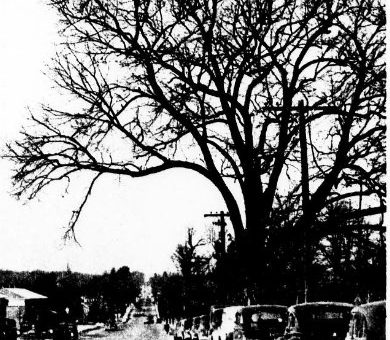
As a child, I remember large, ancient trees being called “hangman’s trees.” It was unlikely that anyone was actually hung on these particular trees, but the idea of large trees being used for hanging was still on the minds of children, and their parents, back in the 1970s and early 1980s.
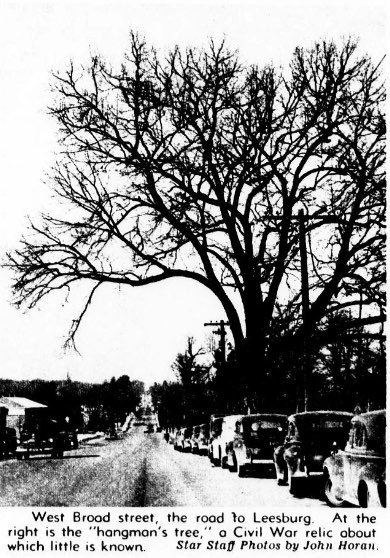
If we were to go back further into American history, we would find real hangman’s trees. These large, strong trees, were used to string up the accused.
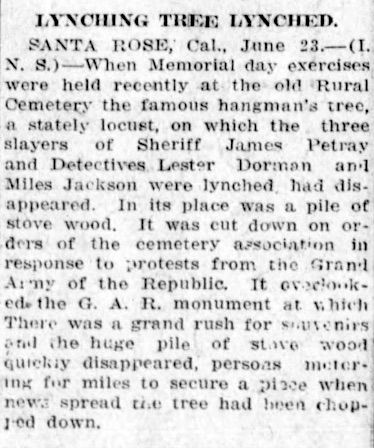
Men and women, some innocent and some guilty, were grabbed by angry mobs, strung up to the largest tree in sight, and were often left to hang for days. Sometimes their bodies were riddled with bullets and when they were taken down from the tree, the mob would beat and mangle the remains.
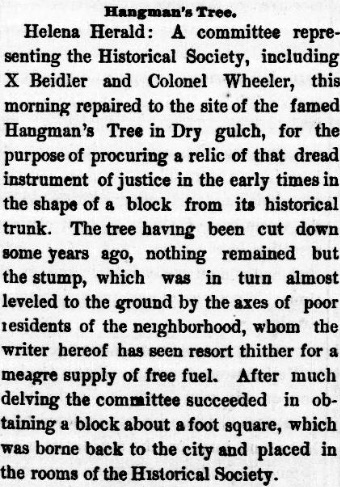
By the early 1900s, the lynching trees were being cut down and removed from sight at an alarming rate.
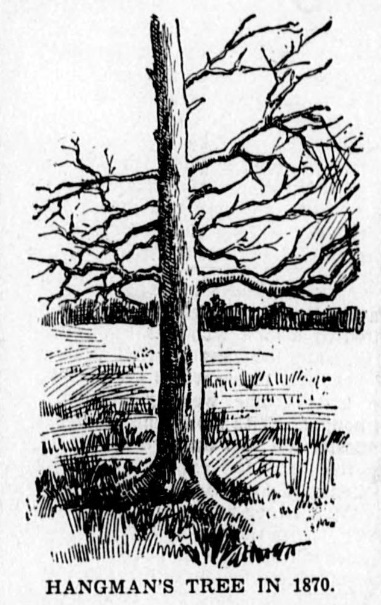
The trees symbolized hatred. They reminded people of the need for justice at the hands of the law, and not the shameful revenge offered through mob violence.
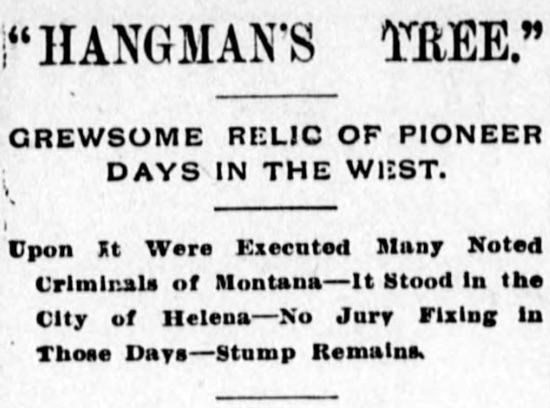
All a hanging tree needed was a long straight limb. The limb had to be well off the ground so that the victim would drop and swing.
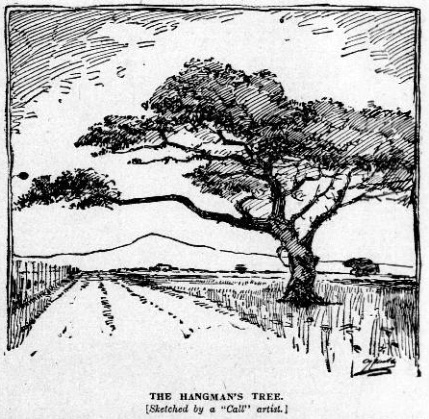
If the hanging victim was fortunate, he or she would be placed on the back of a cart or on the back of a horse and then either the cart or the horse was pulled out from under him. The less fortunate were simply noose and then pulled up off the ground with brute force.

Snapping the victim’s neck was of no importance in these instances. Instead, the victim would slowly strange to death while suspended from the tree’s limb.

